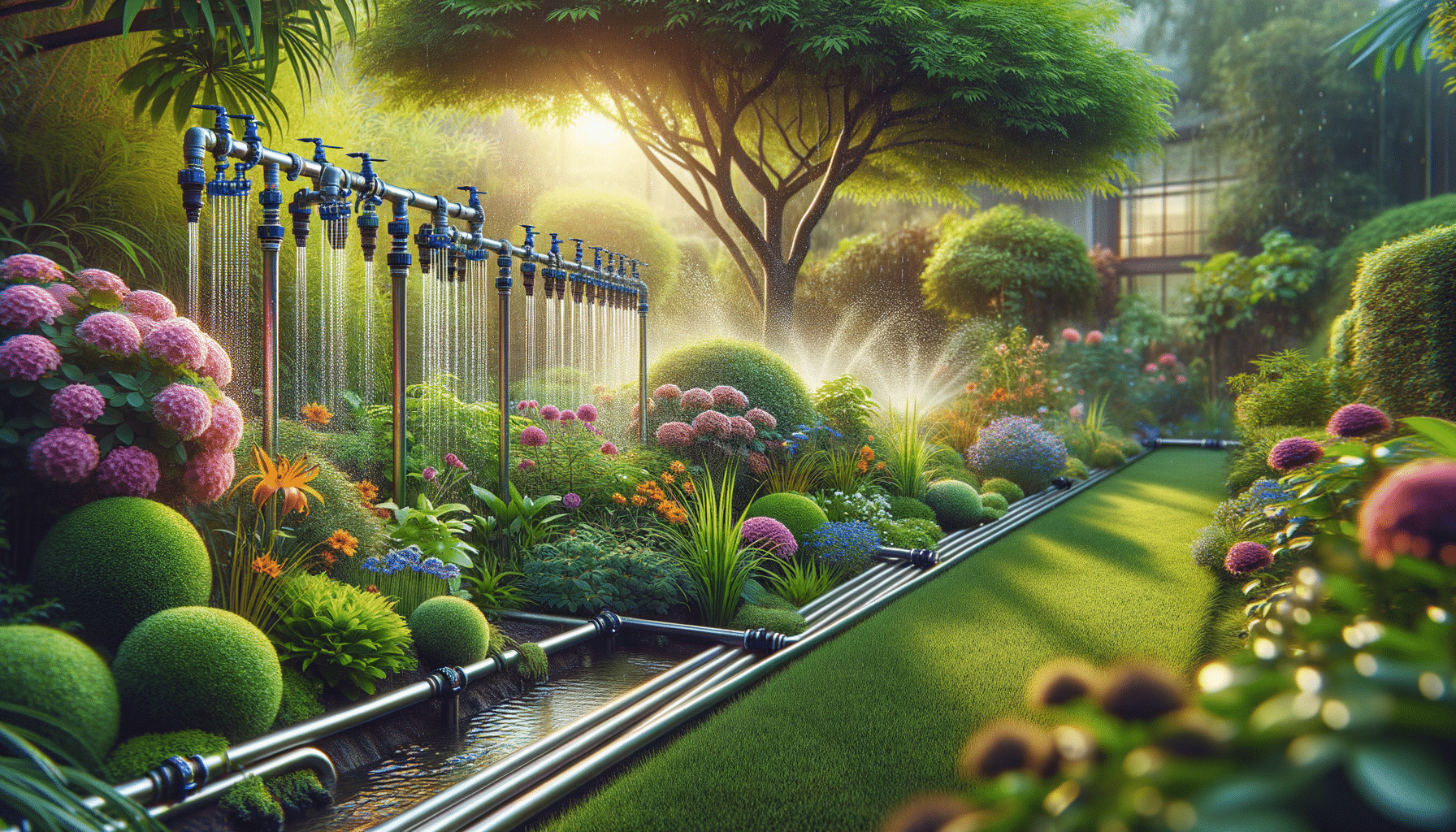
Understanding the Impact of Green Certifications on Property Value
As the world increasingly embraces sustainability, the real estate market is witnessing a notable shift. Green certifications are now more than just a trend; they’re becoming a key factor influencing property value. Understanding this impact can guide investors, homeowners, and real estate professionals towards making informed decisions.
The Rise of Green Certifications
Green certifications, such as LEED and BREEAM, have gained prominence as sustainability becomes a priority in the real estate sector. These certifications assess a building’s environmental impact and energy efficiency, offering a benchmark for eco-friendly construction and operation.
Expert Insights
According to a study published by the U.S. Green Building Council, buildings with green certifications can command higher rents and sale prices. Experts suggest that as energy costs continue to rise, properties with sustainable features become more attractive to buyers and tenants alike.
Statistics on Property Value
A report by the World Green Building Council revealed that green-certified buildings enjoy up to 11% higher market value compared to non-certified buildings. This increase is attributed to reduced operating costs and enhanced building efficiency.
Case Studies and Examples
Consider a residential complex in San Francisco that achieved LEED Gold status. The developers reported a 9% increase in property value post-certification. This illustrates how sustainability can translate into financial gains.
Actionable Tips for Enhancing Property Value
- Invest in energy-efficient appliances and systems to qualify for certifications.
- Incorporate renewable energy sources like solar panels.
- Utilize sustainable materials in construction and renovation.
Pro Tip: Conduct an energy audit to identify areas for improvement before applying for green certification. This can streamline the certification process and maximize potential value increases.
Comparison of Green Certifications
| Certification | Focus | Benefits |
|---|---|---|
| LEED | Energy Efficiency | Higher resale value |
| BREEAM | Sustainability | Enhanced building performance |
| WELL | Health & Well-being | Improved indoor environment |
| Green Star | Environmental impact | Increased tenant satisfaction |
| DGNB | Sustainable construction | Long-term cost savings |
| Living Building Challenge | Regeneration | Net-positive energy |
| EDGE | Resource efficiency | Lower operational costs |
| CASBEE | Building quality | Enhanced marketability |
FAQs
What is a green certification?
A green certification is a recognition that a building meets specific environmental and energy efficiency standards.
How do green certifications affect property value?
Properties with green certifications often have higher market value due to their sustainability features, which attract eco-conscious buyers and tenants.
Are green certifications worth the investment?
Yes, the initial investment in achieving a green certification can lead to long-term financial benefits through increased property value and reduced operating costs.
In conclusion, the impact of green certifications on property value is substantial and multifaceted. By aligning with sustainable practices, property owners can not only contribute to environmental well-being but also enhance their financial returns. As the demand for green buildings continues to grow, staying informed and proactive in obtaining certifications can be a strategic move for anyone involved in real estate.


